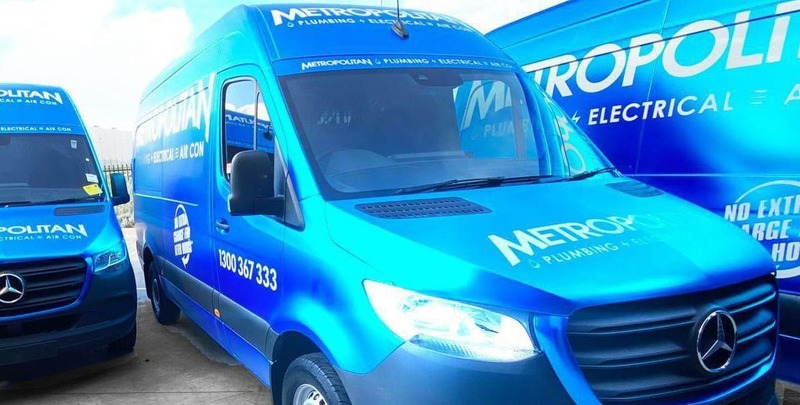
Aircon Regas: What You Need To Know
Ask yourself this, when was the last time you organised an aircon regas for your home’s cooling systems? Don’t be ashamed if you never have arranged one.
Unlike a car air conditioning system, you should actually never have to book in an air con regas for your split system or ducted cooling.
But there’s still a slim chance you will have to. Without a healthy supply of refrigerant, air conditioning systems cannot absorb and cool down warm air efficiently.
Given there is always a refrigerant leak risk, here is everything you need to know about an air conditioning regas.
What is an Aircon Regas?
Firstly, what exactly is involved in an air conditioning regas? It sounds simple enough but is also a pretty ambiguous term.
Essentially it includes removing existing refrigerant from an air conditioner and replacing it with a fresh supply.
The removal process is called evacuating the system. Usually, it’s only needed if there is a gas leak.
It also never involves “topping up” the gas. You cannot just add refrigerant to an existing supply. It needs to be replaced entirely.
An experienced air conditioner technician will also investigate any leaks during the job and provide an appropriate repair. Throughout the whole visit, they will run tests to ensure there are no lingering issues.
Signs of a Refrigerant Leak
The cause of a refrigerant leak is either damage to the pipe or natural wear and tear. Alongside poor workmanship in the past, it’s the only real reason why a technician would need to perform an aircon regas.
If there is a gas leak, the most obvious signs are:
- Warm air coming out of the air con when it should be cold
- Hissing or bubbling from the external copper pipes
- A build up of ice on air con pipes
While the signs of a leak are easy enough to spot, you will probably miss them if you don’t look in the first place. Your external air conditioning unit could be in a hard-to-reach spot.
Metropolitan Air Conditioning can take care of that for you. As a part of our regular maintenance and air conditioning services, we will inspect every element of the system.
Our local technicians will instantly be aware of any poor performance, or damaged pipes.
Unlike a car air conditioning service, we’ll come to your doorstep and give your air conditioner a thorough check-up. During our all-season services we can clean out filters, coils and motors, and inspect all pipes to get your air con running smoothly.
Why Car Aircon Regas is Different
When it comes to your car, it will likely have an air conditioner regas included in a service every few years. But your split system certainly doesn’t need one so often. Why?
Well, it comes down to the materials used in a car air conditioner compared to your home AC.
Pipes, seals and other parts in a car’s air conditioning system are often rubber or plastic. Over time they become more porous and refrigerant leaks through. Add in daily bumping and grinding while driving and there’s a fairly unsettled environment for warm or cool air.
In stark contrast, your home’s cooling is settled. Ducted cooling doesn’t jostle around in a tight engine.
The pipes are also copper and far stronger. So are the seals. Even though you can expect to see some wear and tear after about five years, there’s far more stability for the refrigerant.
You might need air conditioner regas services when your system has suffered a refrigerant gas leak and it’s blowing hot air when you want cool air. Don’t leave it to the last moment before summer hits.
The Phase Out of Refrigerant R22
While you may never have to worry about booking in an aircon regas job, there is one last bit of information to take note of.
R22 refrigerant, or Freon, is on its last legs.
Under the Montreal Protocol, R22 has been classified as an ozone-depleting substance and phased out.
For many years it was the main refrigerant used in air conditioning. Now it can only be imported for use in pre-existing air conditioners. As of 2030, all R22 imports will be banned.
What does that mean for you? Right now, not a lot. Less than 17% of air conditioning and refrigeration units in Australia use R22. And if they do it has to be recycled or reclaimed.
New systems use more environmentally compatible refrigerants. Because of this, the Government recommends air conditioning upgrades to more efficient units which are also far cheaper to run.
Metropolitan Air Conditioning is also committed to environmentally friendly practices. We are here to help out with any aircon regas, or air conditioner installation.
If you want to upgrade or service an existing system, just contact us for more information, or to book in a visit from your local licensed technicians. We’ve got your air conditioning needs covered.
Please note: This information is provided for advice purposes only. Regulations differ from state to state, so please consult your local authorities or an industry professional before proceeding with any work. See our Terms & Conditions here.
Published: 2020-10-28

































